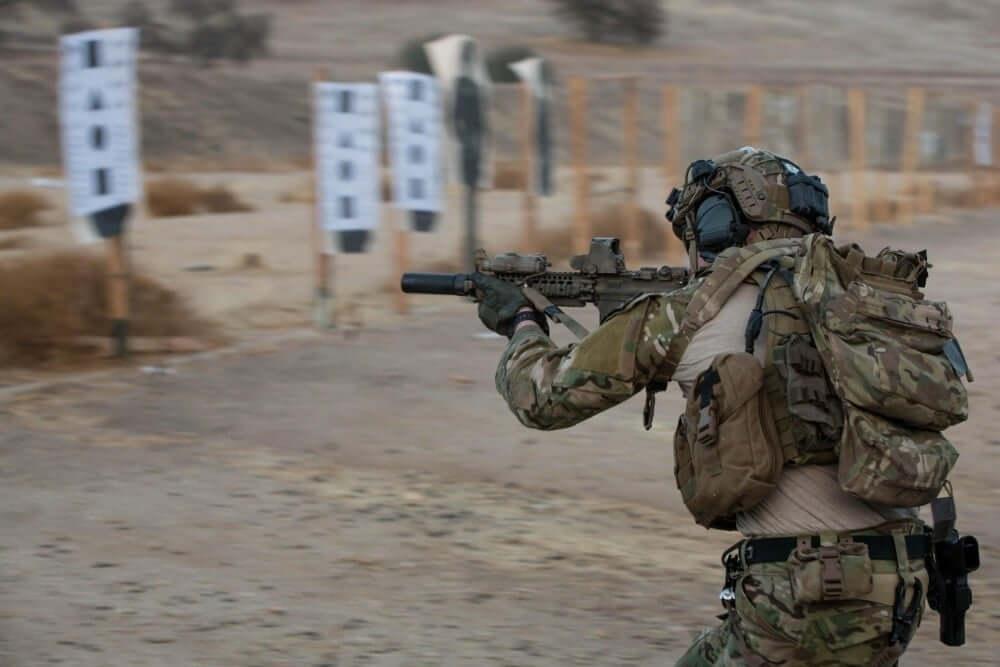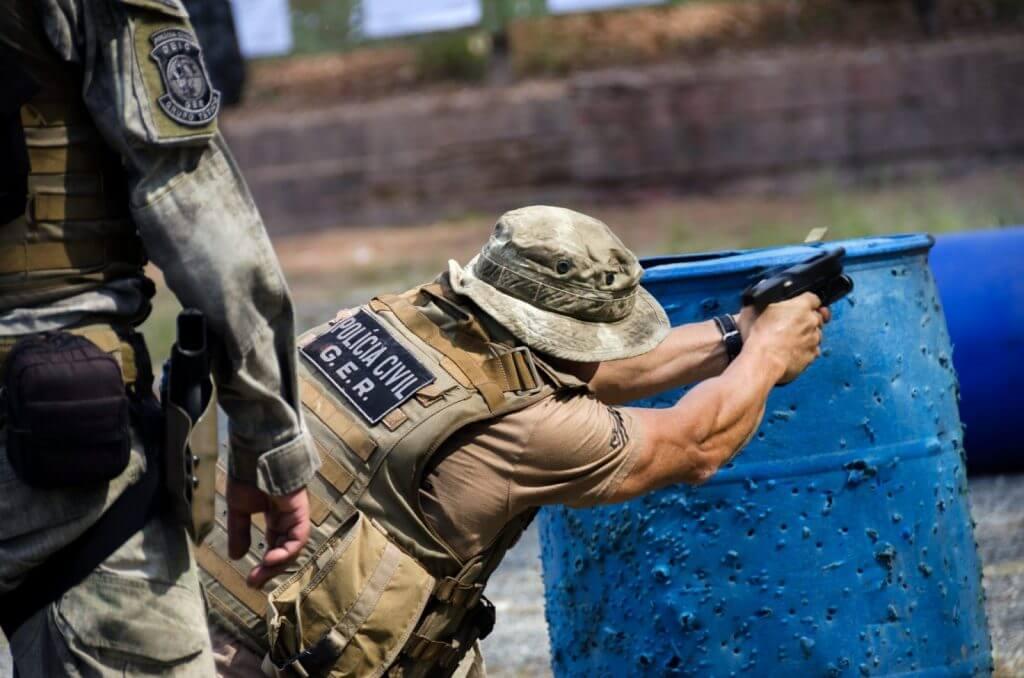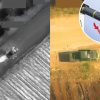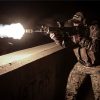SWAT, ERT, REACT, Special Services – all police teams operating as specialized or highly trained units fall into the category we refer to as MOUT (Military Operations in Urban Terrain). Though many police departments are loathed to admit it, the military has used these special tactics and weapons for decades.
Introduction
In the last 40 years or so, police departments have adopted many of these military tactics and modified them to suit the needs of their own special weapons and tactics units. Indeed, many law enforcement SWAT instructors come from a military infantry backup.
A good military company commander or platoon leader with an infantry background makes an instructor or leader in this law enforcement field because infantry tactics are the basis for all SWAT tactics.
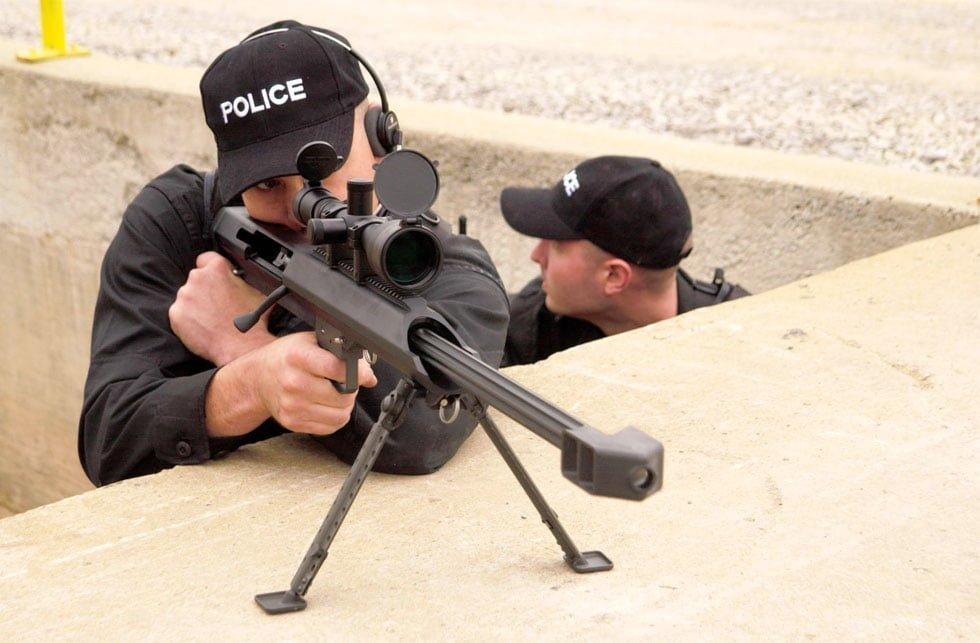
Unfortunately, the inception of MOUT has led many police and security departments to replace regularly scheduled training with so-called “high-tech” equipment. Let’s make this clear: No amount of equipment will replace training (in tactical situations) on a regular basis!
In basic, SWAT is an acronym for Special Weapons and Tactics and reffers to a military-like unit within the police force, trained to deal with especially dangerous situations, such as hostage-taking and riots.
Trends
The trend these days is to purchase all-black uniforms or even military pattern uniforms (a strong point of contention with the public) and high-tech weaponry and equipment and then neglect honest (and hard) training that is essential when you have to deploy in a high-level threat situation. This is not to say that specialized equipment doesn’t have its place in the scheme of things – it does – but it doesn’t replace the training skills necessary to become a highly efficient and well-oiled team.
Many police departments believe that by purchasing specialized weapons (e.g., M4, HK MP5, FN SCAR, laser sights), they have a SWAT team of sorts and, therefore, some advantage over the bad guys. This is dangerous thinking and can result in unnecessary risks and deaths (both civilian and law enforcement).
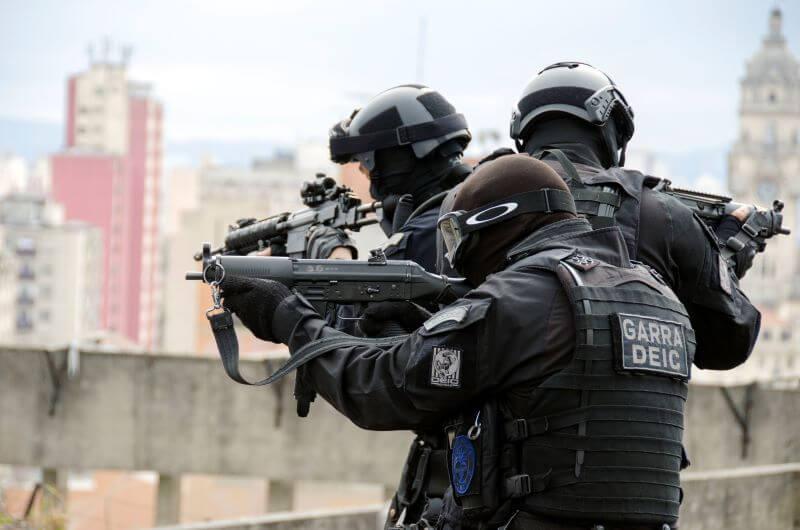
I want to believe that police departments have advanced beyond the “good old boys” network of past sheriff’s departments, where Billy Bob was summoned to “take out” barricaded suspect with his faithful hunting rifle, but what we are seeing today leads us to believe many departments still have a similar mentality.
What often happens is that when police departments get funds from the city council or federal government for the organization of a SWAT team, the first thing they do is purchase new weapons (when there’s nothing wrong with the “old” ones), fancy uniforms, and every other high-tech piece of equipment they have seen or read about in some of the popular police magazines and catalogs. Training is then secondary in their eyes.
Training
Indeed, this is just the reverse of what should be done. The training should be of primary concern; only after the suitable training period and indoctrination should departments seriously consider purchasing specialized equipment. Work with the tools you have, and once you become proficient with them, move on to other weapons and equipment you may need.
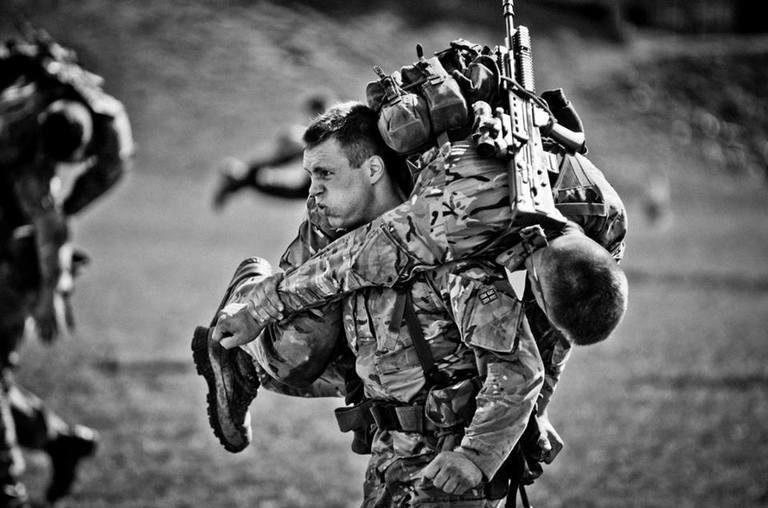
An important point for the SWAT team leaders is to understand that you will not be able to handle every situation that arises. Your team must know its limitations. Should your team face a scenario beyond its capabilities, it is best to try to contain the situation until assistance can be called in. It’s not shameful to seek outside assistance. It would be disastrous to commit your team to a situation beyond its training and capabilities and has deaths that occur as a result of it.
Cross-training in SWAT teams
Cross-training is to be encouraged during SWAT team training. Keep in mind, however, that not every team member needs to be cross-trained in every area. Not every TEAM member needs to be trained as a breacher, sniper/countersniper, team leader, entry man, or public relations officer.
Each team member should train in a few areas and then hone those skills to the highest degree possible. Choose your areas of interest, but don’t try to do it all or be something you’re not. It takes a special person to be a hostage negotiator, just as it takes someone special to take an armed felon at 100 yards with a scoped rifle. High-risk entry is another area that calls for nerves of steel.
Selection
One of the most important aspects of any SWAT or MOUT team is the correct selection of the personnel who will serve on it. There are five steps in the selection process: announcement of an opening on the team, a thorough review of applicants, psychological testing, personal interviews, and the completion of basic training.
How many members are on a SWAT team?
There is no such thing as a one- or two-man SWAT team. You need a minimum of five officers for a team to be effective. On a five-man team, one person is the team leader or supervisor, and the other four are the operational members. A six- or eight-member team is also workable. From this point on, personnel should be divided up into other teams.
In a building-clearing operation, especially with a multistory building, more than one team will need to be deployed to clear the building effectively. Each team works separately yet with the other teams involved, using radio communications or planned operations.
Roles of the SWAT operators
Once the SWAT team has been selected, it is important to break the members down into the various jobs they’ll be performing. There are entry teams, negotiation teams, communication teams, intelligence offices, etc. Again, leaders need to seek out what positions their personnel is experienced or interested in.
He can get a better feel for their particular qualifications and aptitude once regular exercises begin. It is not a problem to reassign someone to a different job later. Everyone should be placed and trained where they will be most effective.
Weaponry
Today’s weaponry is limited only by the user’s imagination – and we don’t make this statement lightly. There is an endless array of handguns, assault rifles, submachine guns, knives, and other weapons. We won’t go into extreme detail about the numerous firearms that can be used for today’s SWAT, MOUT, or paramilitary team.
